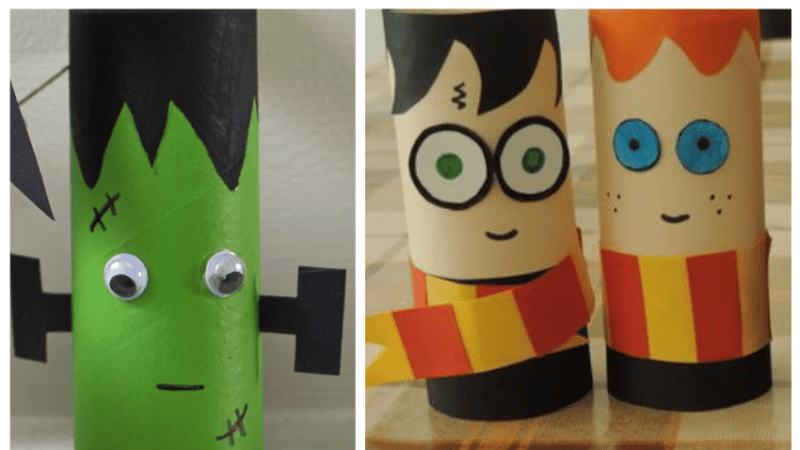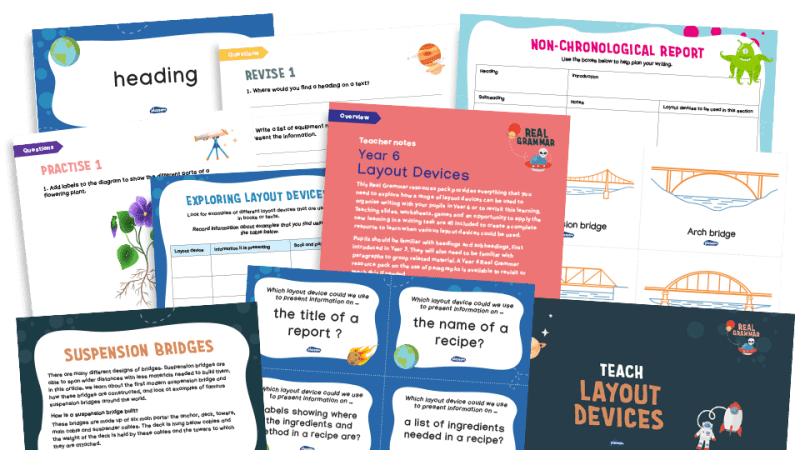7 of the Best KS4/GCSE Teaching Resources for Pride and Prejudice
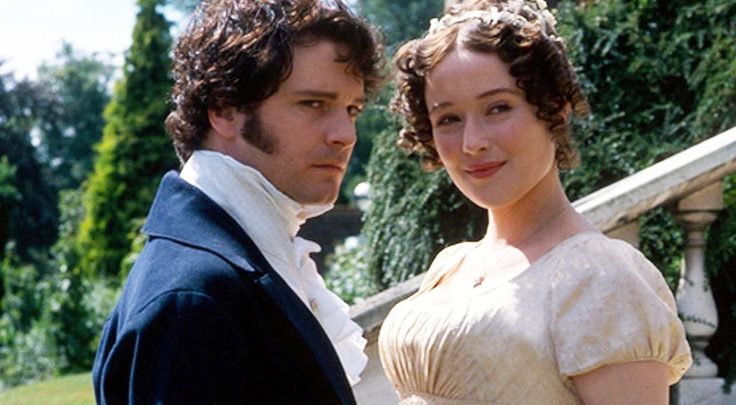
Get your hand fan ready and prepare to swoon as everyone's favourite rich and brooding bachelor enters your classroom

- by Lloyd Burgess
- Former editor of Teachwire
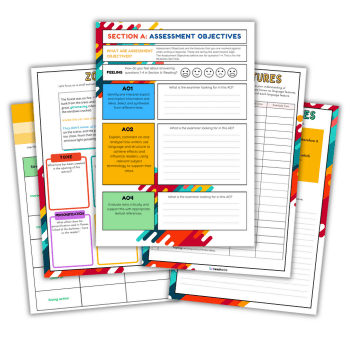
When Colin Firth got the role of Mr Darcy in the BBC adaptation of Jane Austen’s classic text, he called his brother to tell him the news. His brother simply said: ‘Mr Darcy? Isn’t he meant to be handsome?’
But therein lies the cult of Mr Darcy. Firth himself can’t even understand the appeal, as he explained in a Daily Mail interview:
‘I thought it would be quite fun and liberating to play someone who was completely and utterly dislikeable, unsympathetic, judgemental and snobbish. I didn’t have to think about bringing charm to the role – the way I saw it, I just had to stand there and make everyone hate me… then this weird thing happened where people liked him, which wasn’t what I was expecting at all!’
But Pride and Prejudice is a social satire after all. Perhaps we are meant to dislike him, and laugh heartily at everything being neatly wrapped up in a nice little bow of love and marriage.
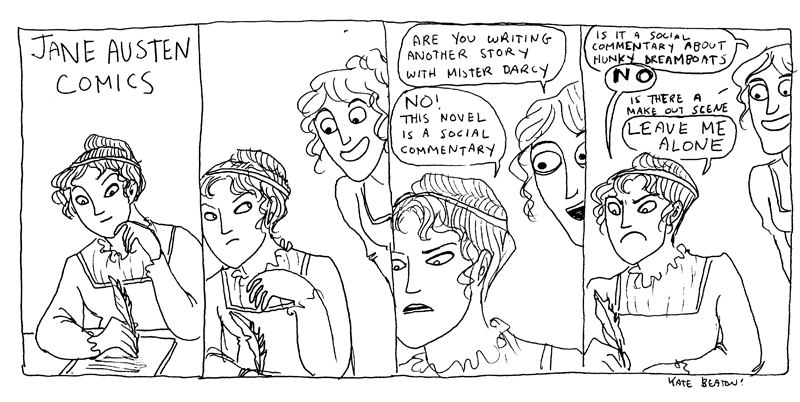
And when it comes to satire, there’s really only one hero of Pride and Prejudice:
Mr Bennet gets all the best lines. You could do a lot worse than to start with his funniest quotes as an entry point to any students who might be a little, ahem, prejudiced against being asked to read a romantic Victorian novel.
1. Author intent
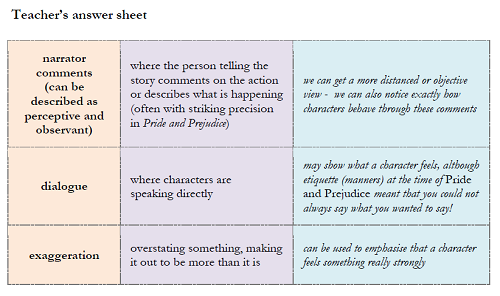
This would lead quite nicely into an exercise on authorial intent, and this matching activity that encourages students to think about the impact of Austen’s language decisions.
2. Love and marriage
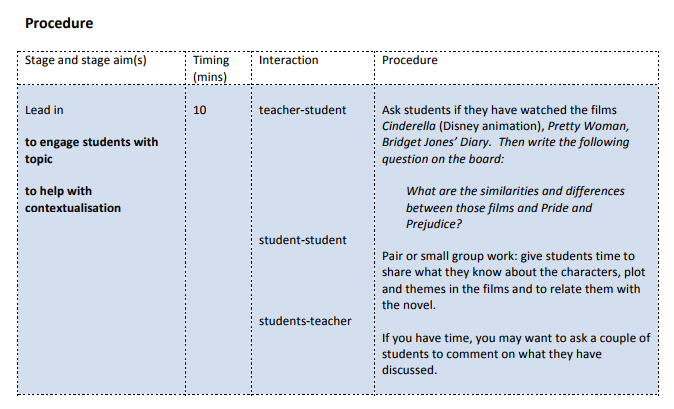
This lesson would take things even further and explores what Austen is saying about marriage and its conventions.
It is designed for advanced learners though, so made to be tailored to your class, or cherry picked for activity ideas.
3. Jane Austen’s house
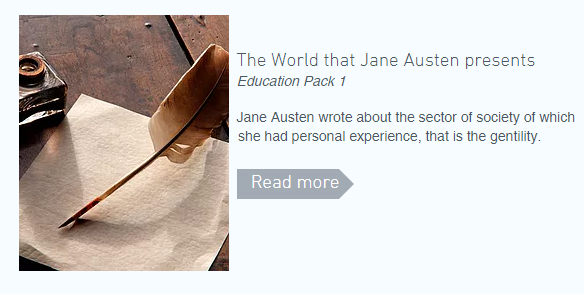
For a bit of background on Austen’s life where better to go that her home?
The Jane Austen Museum has these two education packs on ‘The World that Jane Austen presents’ and ‘A brief introduction to Chawton House & Jane Austen’s House’.
They look at the differences in expectations of men and women at the time, and explore how the Austen family, specifically, lived.
4. Class dismissed
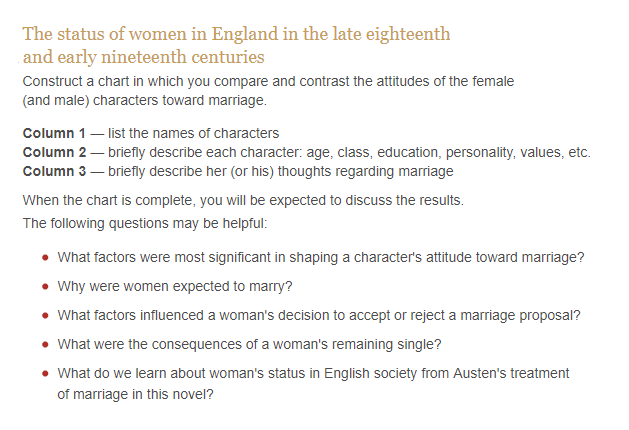
If you want to look at how the novel deals with the class system of the time then this resource has some excellent ideas for discussion points and activities.
5. Elizabeth and Wickham

This resource looks at the idea of the romantic hero in literature through the pairing of Elizabeth and Wickham.
With 10 activities in all, this resource asks students how they think a romantic hero should speak and act, to list as many as they can from other books and films and asks them to compare Wickham and Darcy.
6. Elizabeth’s prejudice
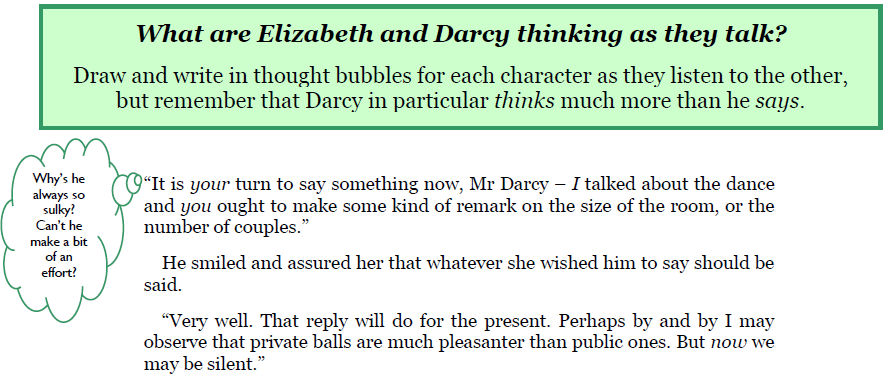
This thought-tracking exercise is ideal for a spot of comprehension.
Students read through the small talk made between Elizabeth and Darcy as they dance in chapter 18, and write down their thoughts about what’s really being said.
7. Video archive
The British Library has a selection of videos that give short but significant insight into the novel.
They cover class, wealth, gender, morality, societal norms and behaviour, public and private spaces and more. They’re well worth a watch.
Browse more revision resources for GCSE English Literature.






